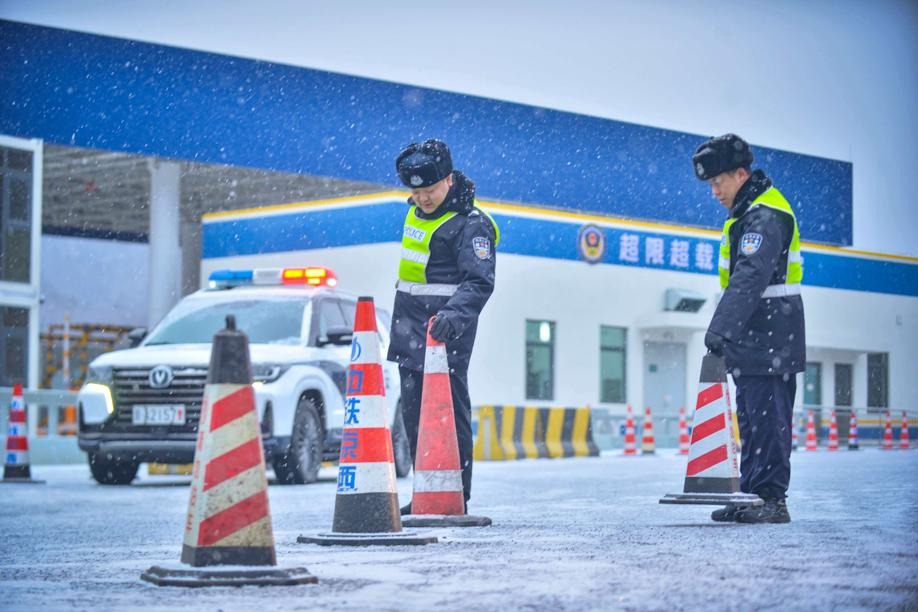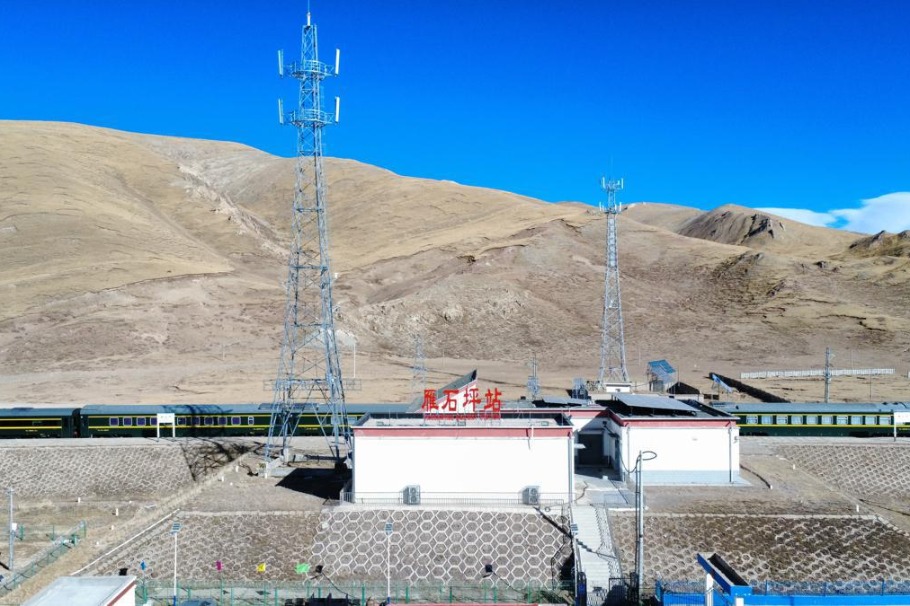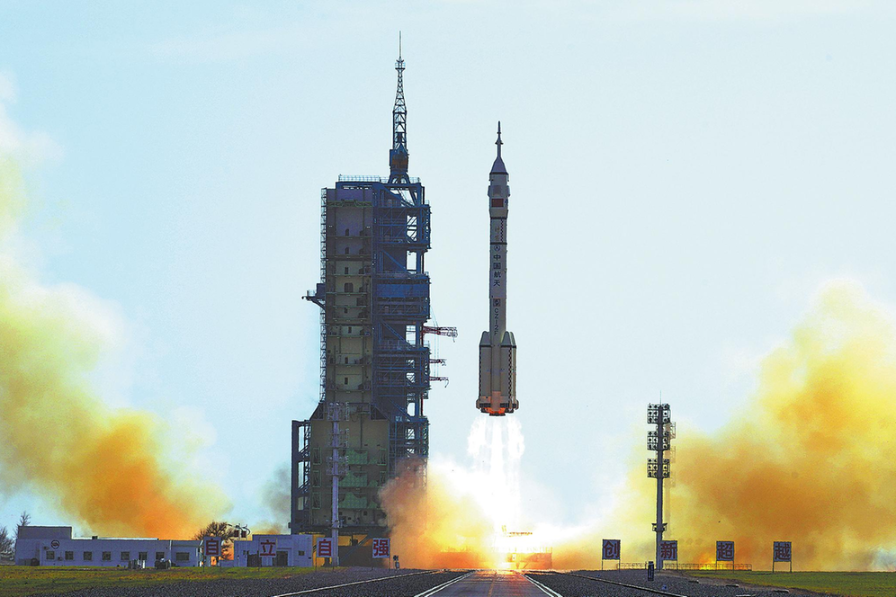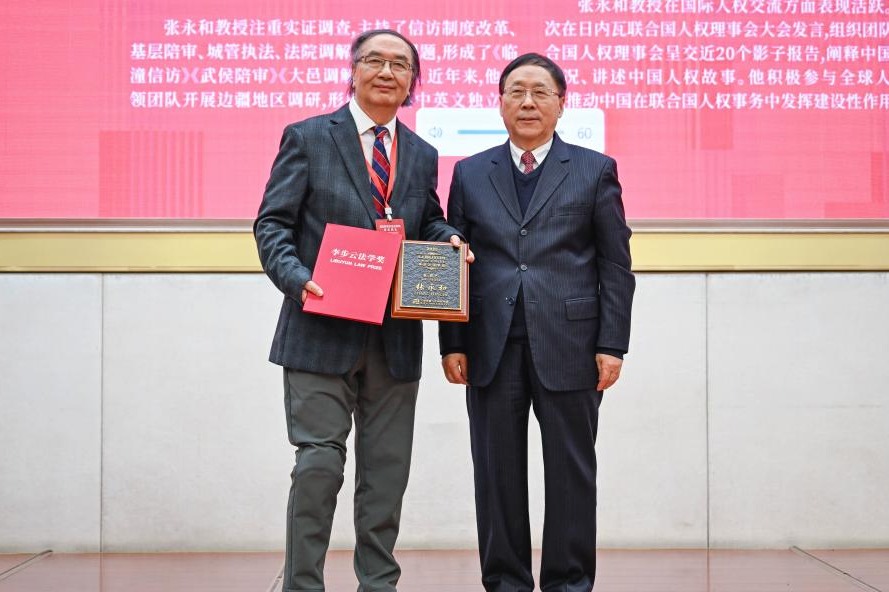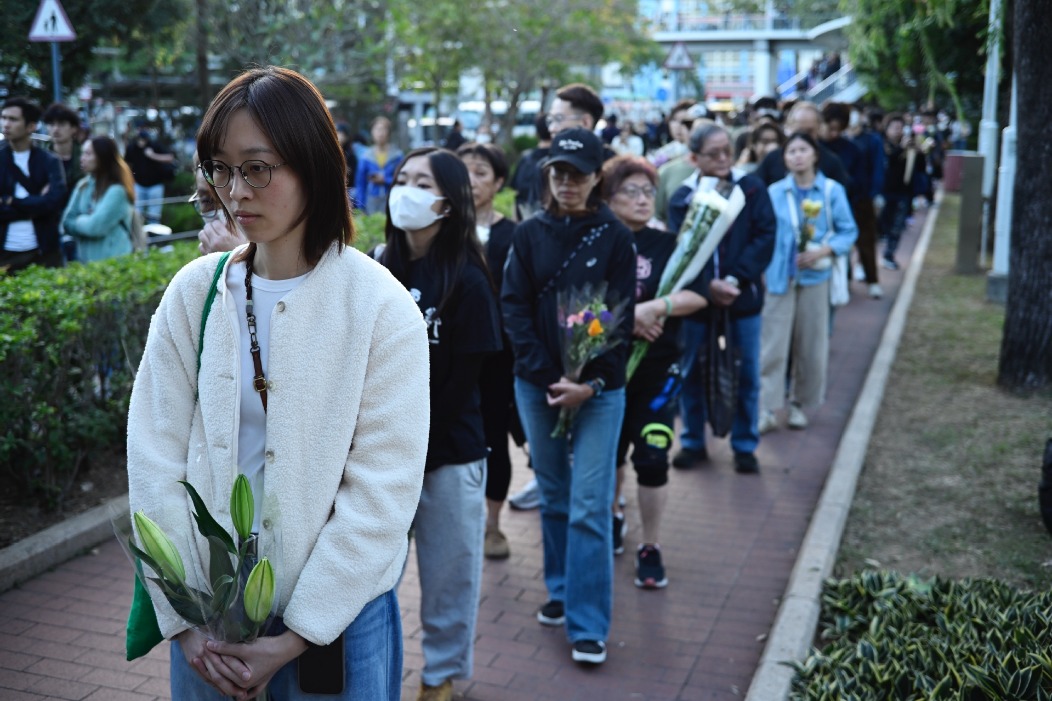Chinese ports, airports use self-made millimeter wave security scanner

BEIJING -- Many Chinese ports and airports have begun using a self-made millimeter wave scanner for security checks, said its developer, an institute affiliated to the China Aerospace Science and Industry Corporation Limited, on Thursday.
The scanner has been put into use at 23 ports and eight airports along the country's borders, offering faster response and higher accuracy.
In contrast to the X-ray scanners of the past, the millimeter-wave scanner's radiation on a human body is one-thousandth that of a mobile phone signal, indicating that the instrument is safe for use on humans.
When stepping into the security scanner, the passenger must stand with arms raised. Within two seconds, the scanner, using millimeter waves, can create a 360-degree image of the body it is scanning.
It can detect many items, including corrosive or flammable liquids invisible to existing body-screening devices, the scanner maker said.
The feedback from some ports is encouraging, saying the scanner has boosted security checkpoint's efficiency, and security examiners can be released from time-consuming hand searches.
- Sustainable agriculture in focus at Hainan forum
- Road accident in East China kills 4
- Health Bureau: Free Chinese medicine services for Tai Po fire victims
- Satellite launch marks a new milestone in UAE-China cooperation
- HK fire: 4,510 residents in shelters as support fund reaches HK$3.6b
- Scholars, industry insiders call for a responsible, scientific, credible think tank research system
















